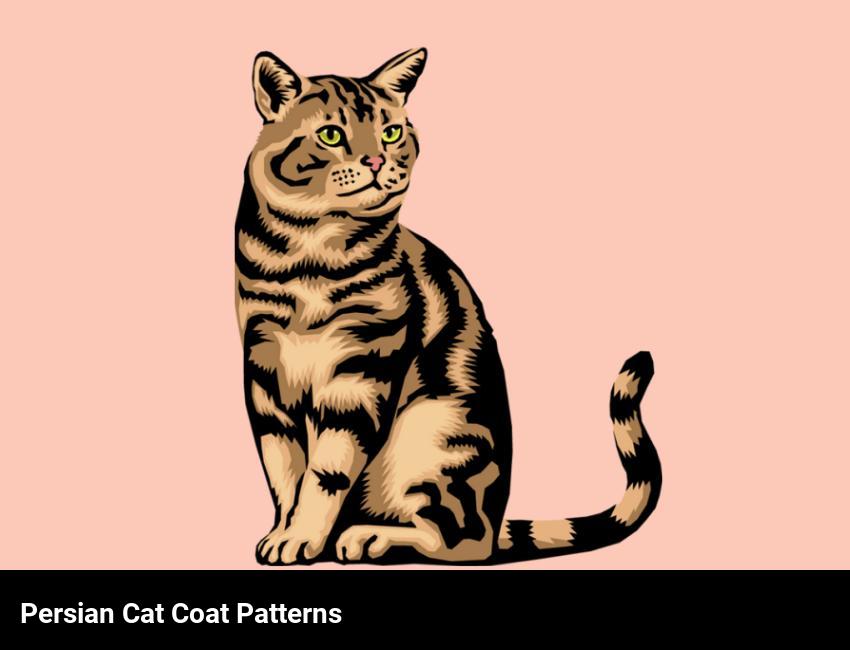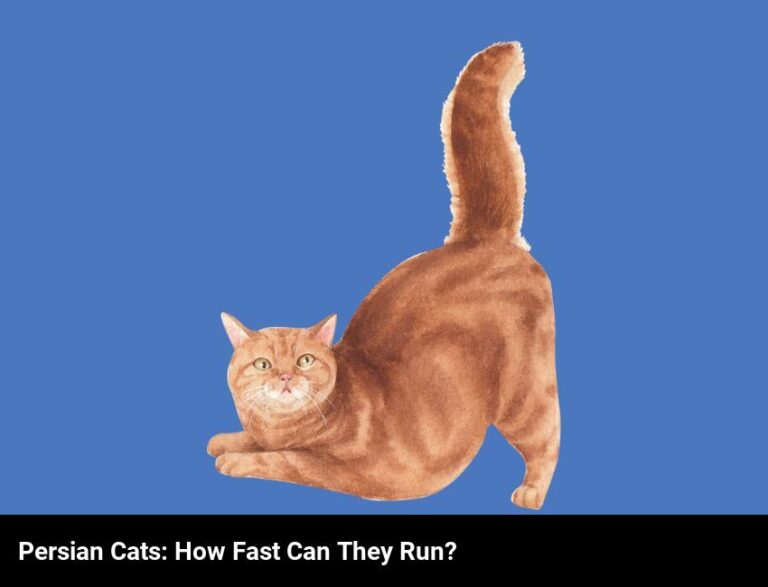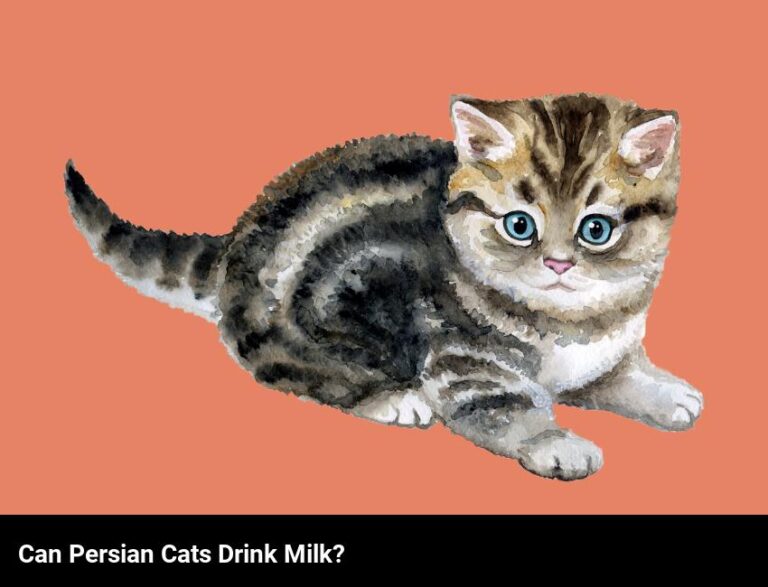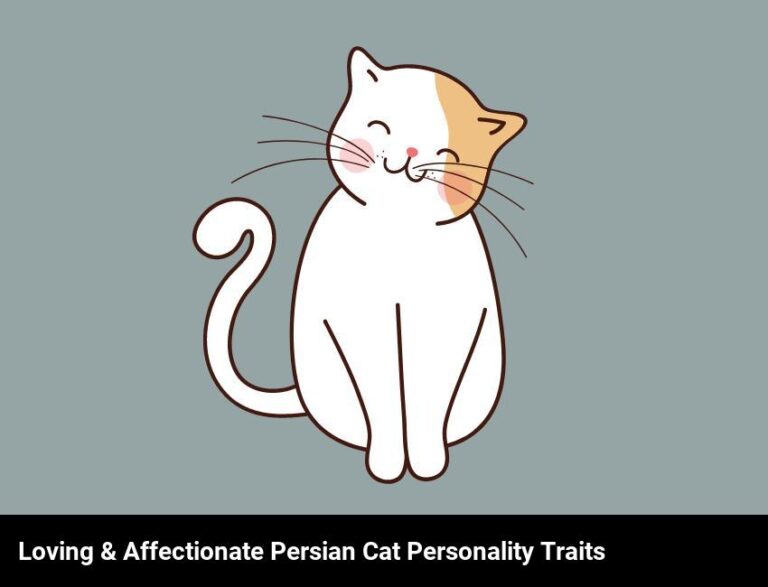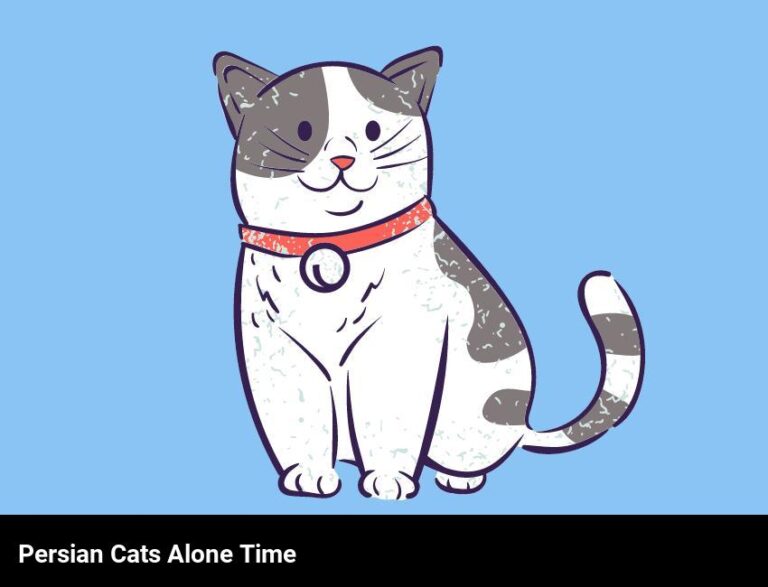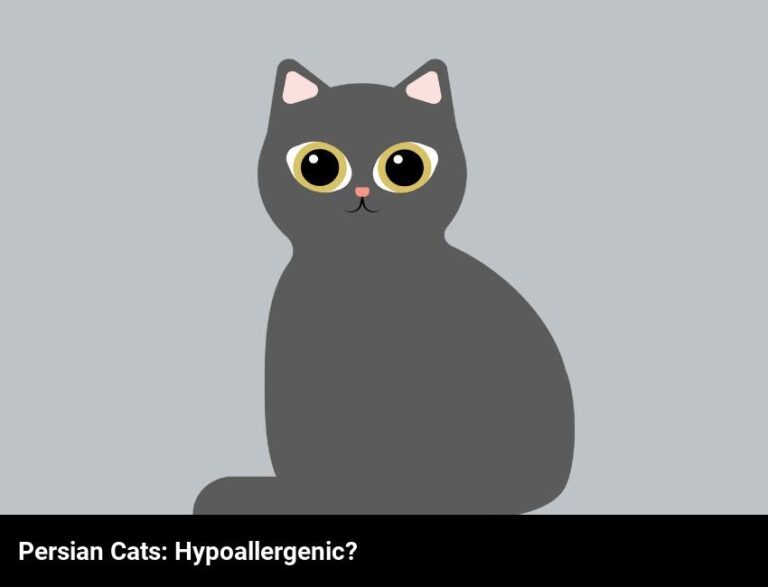Types Of Persian Cat Coat Patterns
The Persian cat has 3 main coat patterns: solid, tabby, and parti-color. Solid-colored Persian cats have one even color all over the body, tabby cats have stripes, swirls, and spots, and parti-color cats have two solid colors with white mixed in.
As a long-time Persian Cat owner, I know first-hand how beautiful, unique and beloved these cats are. Whether it’s their luxurious fur or their sweet and gentle personalities, Persian Cats are sure to steal your heart. One of the most remarkable aspects of the Persian Cat is its coat pattern. With everything from the classic Persian to the exotic Himalayan, there are many different coat patterns to choose from.
But what are the different types of Persian Cat Coat Patterns? How do the different coat patterns affect the cat’s personality? What are the most common coat patterns? Are there any tips I should be aware of when it comes to coat patterns? If you’ve been considering getting a Persian Cat, this blog is for you. I will share my experiences as a Persian Cat owner and cover the most important topics related to coat patterns.
What are the different types of persian cat coat patterns?
If you’re considering adopting a Persian cat, you may be wondering what types of coat patterns they come in. The good news is that Persian cats have one of the most diverse coat patterns of any breed! The following are the four most common coat patterns:
Smoke: A smoke Persian coat has a white base color, but the tips of the fur are a darker gray or black. This makes the fur look like it is lightly dusted with ash. It’s very striking and beautiful!
Tabby: Tabby Persian cats have a distinctive striped or spotted pattern on their coats. It is most often an orange, black, or brown color. The tabby pattern is a classic and recognizable coat pattern.
Bi-Color: Bi-Color Persian cats have white fur on the face, tummy, and legs with a darker color on the back. This color is usually either black, blue, cream, or red. This pattern is especially striking!
Solid Color: Solid Color Persian cats have fur that is a single color all over. It can be any color, from black to white to blue and everything in between. A solid color Persian cat is a great choice for anyone who wants a beautiful and unique looking cat.
How do the different coat patterns affect the cat’s personality?
The different coat patterns of Persian cats can have an effect on their personalities. Generally, the long-haired coat patterns are considered to have a more mellow personality than their short-haired counterparts.
Here are some of the most common coat patterns and their effects on a cat’s personality:
- Calico: Calico cats are known for their independent spirit and determination, as well as their intelligence and charm. They are often friendly and outgoing.
- Tabby: Tabby cats are known for their playful, friendly, and affectionate nature. These cats are generally outgoing, social, and love to be around people.
- Bi-Colored: Bi-colored cats are known for their calm, laid-back personalities. These cats are usually gentle and relaxed, and they make great companions.
- Solid Color: Solid colored cats are usually laid-back and easy-going. They often have a very relaxed and quiet demeanor, making them great house cats.
- Tortoiseshell: Tortoiseshell cats are known for their independent and spirited nature. These cats are often very independent and can be quite determined.
No matter what type of coat pattern your Persian cat has, they will make a great companion. With their unique personalities, they are sure to bring joy and love into your home.
What tips should potential persian cat owners be aware of when it comes to coat patterns?
When looking to adopt a Persian Cat, potential owners should be aware of the many variations in coat patterns. Here are some tips to help you choose the perfect Persian Cat for your home:
- Familiarize yourself with the common coat patterns. Persian Cats typically have one of four main coat patterns: solid, pointed, bicolor, or tabby. Each of these patterns can have a variety of coat colors, so it’s important to do your research to find the one that best suits you.
- Consider the grooming requirements. Persian Cats are known for their luxurious coats, but they can require intensive grooming in order to keep their fur looking its best. If you’re not willing to put in the effort to properly groom your cat, you may want to opt for a shorter-haired breed.
- Think about who might be living with the cat. Different coat patterns can also be affected by other pets in the home. For example, if you have other cats with long fur, the Persian Cat’s coat may become tangled and matted more easily.
- Be mindful of the season. Persian Cats are especially prone to shedding during the warmer months, so you’ll need to be prepared to give them extra grooming attention during the spring and summer.
What makes each coat pattern unique?
There are many different coat patterns that make Persian cats stand out from other felines, and it’s easy to see why they’re so popular. Each pattern has its own unique traits and characteristics that make it special. Here’s a breakdown of what makes each pattern unique.
The classic tabby pattern is characterized by swirling, symmetrical patterns and stripes that often form a bullseye on the cat’s side. What makes this pattern so special is the range of colors and shades that it can come in, from light gray to deep brown. Not to mention, the telltale “M” pattern that’s formed on the forehead is a great way to identify a tabby Persian cat.
The calico pattern has a unique combination of colors too, but it’s the shape and size of the patches that really makes it stand out. The patches can be small or large, and the colors tend to be a mix of black, white, and brown. This pattern is especially sought after because it’s so rare and is often found in female cats.
In contrast, the smoke pattern features a single color, usually black or blue, that is spread evenly over the coat. It’s a very sleek look, and the color is often so dark that it can look almost black. This pattern is especially striking when the cat is in the sun and the light reflects off its coat.
Finally, the solid pattern is the most straightforward of all the Persian coat patterns. It’s a single, even color over the entire body, usually black or white, and it can be very eye-catching. It’s a great choice for those looking for a Persian cat with an elegant look.
Overall, each Persian cat breed has its own unique coat pattern that makes it special. Whether you prefer the classic tabby pattern, the calico pattern, the smoke pattern, or the solid pattern, you’re sure to find a beautiful Persian cat that catches your eye.
What are the most common coat patterns for persian cats?
If you’re considering bringing a Persian cat into your home, you’re probably wondering about the different coat patterns that come with this breed. Persian cats come in a variety of coat colors and patterns, making it easy to find one that suits your taste. The most common coat patterns for Persian cats include the Solid Color, Bi-Color, Tabby, and Parti-Color.
The Solid Color Persian cat has a single color, with no markings or variations in color. The most common Solid Color Persians are white, red, and black. These cats have striking, glossy coats and sparkling eyes, and they’re sure to turn heads wherever they go.
Bi-Color Persian cats are two-color combinations, often black and white. They may also feature gray and white, blue and white, and black and red. These cats tend to have striking facial masks and white legs, as well as symmetrical white markings on the chest and body.
Tabby Persian cats have striped coats, usually in shades of tan and brown. The stripes can be solid or broken, and the cats can have either a classic “M” shape marking on the forehead or a “swirl” pattern. They often have darker faces, ears, and legs.
Parti-Color Persian cats have coats that are a combination of several colors and patterns. These cats often have white bodies with patches of red, cream, black, blue, or silver. The fur may be striped, spotted, or solid, and the cats may possess unique facial masks.
Whichever coat pattern you choose, you’re sure to have a lovely companion in your Persian cat.
How can you tell the difference between a persian and a non-persian cat?
Have you ever seen a Persian cat and wondered how to tell it apart from other breeds? Well, the answer is in the coat! Persian cats have a distinct coat pattern that can be easily spotted by the keen eye. Here are a few tips on how to tell the difference between a Persian and a non-Persian cat.
To start, Persian cats typically have long and thick fur. This fur is usually quite dense and full, so if you are looking at a cat that has a fluffy and thick coat, chances are it is a Persian. In addition, Persian cats have a unique pattern of fur that looks like an inverted V when viewed from the side. This inverted V pattern is a key identifier for Persian cats.
Another way to tell the difference between a Persian and a non-Persian cat is to look at the face. Persian cats typically have a wide, flat face with a broad forehead, large eyes, and a short nose. The face of a Persian cat is quite distinctive compared to other breeds, so if you spot a cat with this type of facial structure, it is likely a Persian.
Finally, Persian cats also tend to have short legs and a large, round body. This is in stark contrast to other breeds, which usually have longer legs and a more slender body. If you see a cat with short legs and a big, round body, it is probably a Persian.
In summary, you can tell the difference between a Persian and a non-Persian cat by looking at the coat, the face, and the body. Persian cats have thick and long fur, an inverted V pattern, a wide and flat face, large eyes, a short nose, short legs, and a large, round body.
How can you identify the coat pattern of a persian cat?
Identifying the coat pattern of a Persian cat is easy once you learn the basics. First, you should look at the overall coat length. A Persian cat’s coat can range from long to medium-short. Long-haired Persians have thick fur that covers the entire body and can grow to a length of up to 4 inches. Medium-short Persians have shorter fur that doesn’t reach farther than the legs.
Next, you should look at the color and markings. Persian cats come in a variety of colors, from white to black and everything in between. Some common markings you might see on a Persian cat include tabby, calico, and bicolor.
Finally, you should look at the texture of the fur. Persian cats have a unique coat texture that feels almost like velvet. Their fur is usually thick and has a soft, plush feel to it.
By familiarizing yourself with the basic coat patterns of Persian cats, you can easily identify their coat pattern. Don’t forget to look at the color and markings, as well as the texture of the fur. This will help you determine the type of Persian cat you have.
What kind of grooming may be necessary for a persian cat with a certain coat pattern?
If you own a Persian Cat with a certain coat pattern, you might be wondering what kind of grooming is necessary to keep it looking good. The answer depends on the type of coat pattern your cat has.
If your cat has a longhaired coat, then regular brushing and combing is a must. You should comb your cat at least once a week to reduce tangles and mats. And don’t forget to trim the fur around their eyes and the bottoms of their feet to avoid infection and discomfort.
Shorthaired Persian cats require less maintenance, but they still need some grooming. In addition to brushing, you should also trim their nails, check their ears for mites, and make sure their teeth are in good condition.
The type of coat pattern also affects the type of shampoo you use. Longhaired cats need a mild, moisturizing shampoo to keep their fur healthy and shiny. Shorthaired cats require a more robust shampoo that can remove dirt and debris from their fur.
Finally, no matter what type of coat pattern your cat has, it’s important to brush it regularly. This will help remove dirt and debris, reduce shedding, and keep your cat’s fur healthy and looking great.
By following the proper grooming regimen for your cat’s coat pattern, you can ensure that your beloved pet remains healthy and happy.
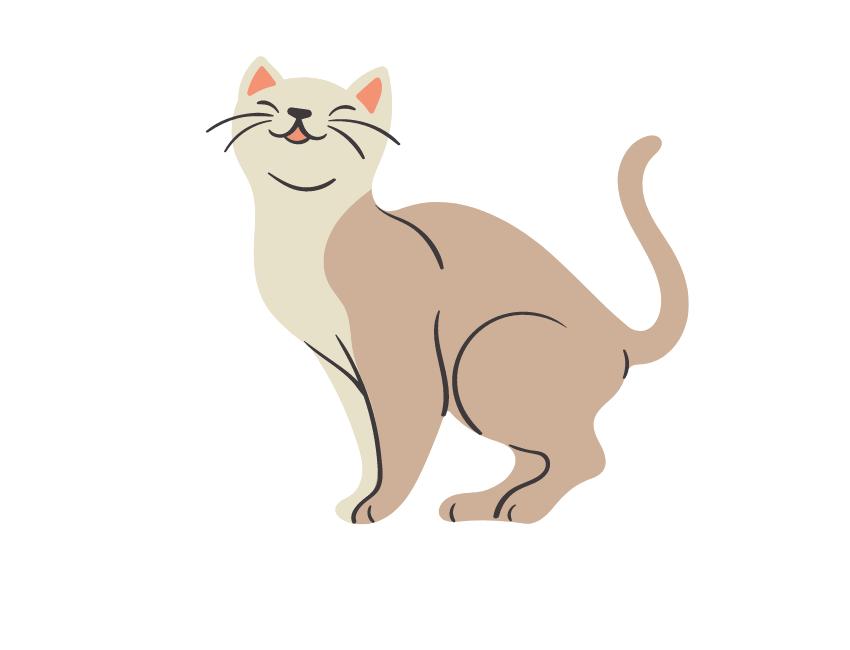
Frequently Asked Questions
How much variety is there in persian cat coats?
There is a lot of variety in Persian cat coats! Persians come in a variety of colors, including white, black, blue, silver, and smoky. They also have several coat patterns, like tabby, colorpoint, shaded, and bicolor. There are even teddy bear coats, which have a very soft, plush texture.
What makes persian cats’ coats so special?
Persian cats have unique and luxurious fur coats, thanks to their long, soft hair and their dense undercoat. Their fur is often described as plush and silky, and it can be found in a variety of colors and patterns, including solid, bi-color, shaded, tabby, and smoke. Persian cats also have a wide variety of eye colors and ear shapes, adding to their distinctive appearance.
How do i choose the right coat type for my persian cat?
When choosing a coat type for your Persian cat, consider factors such as the weather, the fur’s length, and their grooming needs. Short-haired cats may be easier to groom, but may not provide enough insulation in colder climates. Longer-haired cats have more fluff to keep them warm, but require more frequent grooming to keep their fur healthy. Consider the climate you live in, and your cat’s individual preferences, to help you choose the best coat type for your Persian.

